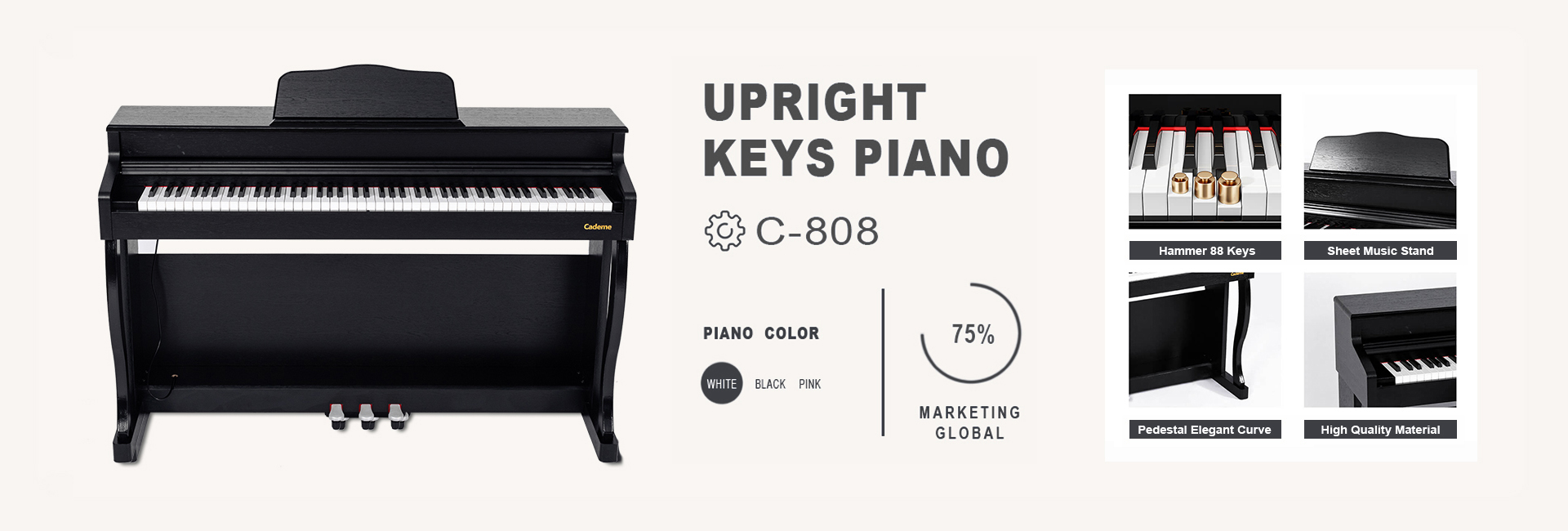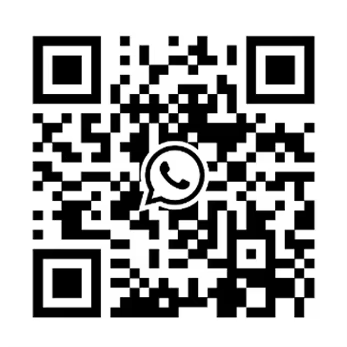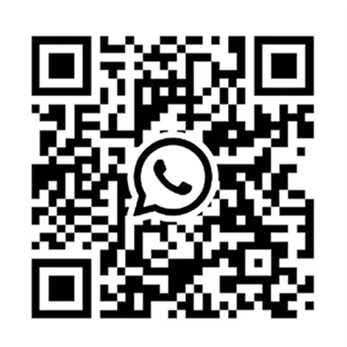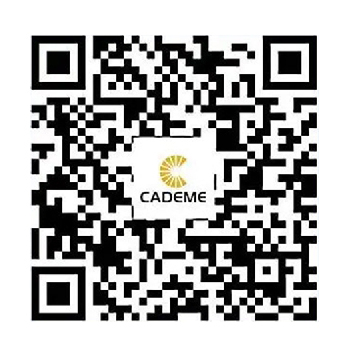Running a music school in Germany involves a series of steps that encompass both the educational aspects of teaching music and the administrative and legal requirements of operating a business within the country. Here’s a comprehensive guide on how to start and run a music school in Germany:
1. Develop a Business Plan
- Market Analysis: Research your local market to identify potential students, understand the competition, and determine what unique offerings your music school can provide.
- Curriculum Development: Decide on the range of instruments, genres, and levels of instruction you will offer. Consider the qualifications and experience required for teaching staff.
- Financial Planning: Calculate start-up costs, ongoing expenses, and projected income. Consider costs for renting space, purchasing instruments, marketing, and staff salaries.
2. Legal and Administrative Setup
- Business Registration: Choose a legal structure for your business (e.g., sole proprietorship, partnership, GmbH) and register with the local Handelsregister (Trade Register).
- Tax Registration: Register with the Finanzamt (tax office) to obtain a tax number. You’ll need this for all your business transactions.
- Music School License: Depending on your location and the size of your operation, you may need to obtain a special license to operate a music school. Check with your local municipality.
- Insurance: Obtain necessary insurance, including liability insurance and, if applicable, property insurance for your school premises and equipment.
3. Location and Facilities
- Finding a Venue: Choose a location that is accessible to your target students. Consider space requirements for individual and group classes, as well as for performances.
- Setting Up: Ensure your premises comply with local safety and accessibility regulations. Consider soundproofing rooms to minimize disturbances.
4. Hiring Qualified Staff
- Recruitment: Look for qualified and experienced music teachers who are passionate about teaching. Ensure they have the necessary qualifications or professional experience.
- Contracts: Provide clear contracts outlining roles, salaries, schedules, and other employment terms. Familiarize yourself with German labor laws to ensure compliance.
5. Curriculum and Teaching Materials
- Development: Design a comprehensive curriculum that caters to various skill levels and interests. Include both practical and theoretical aspects of music education.
- Resources: Acquire teaching materials, such as sheet music, instruments, and other educational aids. Consider digital resources for interactive learning.
6. Marketing and Enrollment
- Promotion: Utilize various marketing channels to promote your music school, including social media, local advertising, and community events.
- Enrollment Process: Establish an enrollment process for new students, including registration forms, tuition fees, and scheduling.
7. Compliance with Regulations
- Data Protection: Comply with the GDPR (General Data Protection Regulation) for handling personal information of your students and staff.
- Music Rights: Ensure you have the necessary licenses for any copyrighted music or materials used in your curriculum.
8. Continuous Improvement
- Feedback: Regularly solicit feedback from students and parents to identify areas for improvement.
- Professional Development: Encourage continuous professional development for your teaching staff to keep abreast of educational methods and musical trends.
9. Networking and Partnerships
- Local Community: Engage with the local music community, schools, and cultural organizations to build partnerships.
- Events: Organize concerts, recitals, and workshops to showcase your students’ talents and strengthen your school’s presence in the community.
Running a music school in Germany requires careful planning and adherence to local regulations. It’s also important to maintain high educational standards and create a supportive and enriching environment for students to learn and grow musically.





